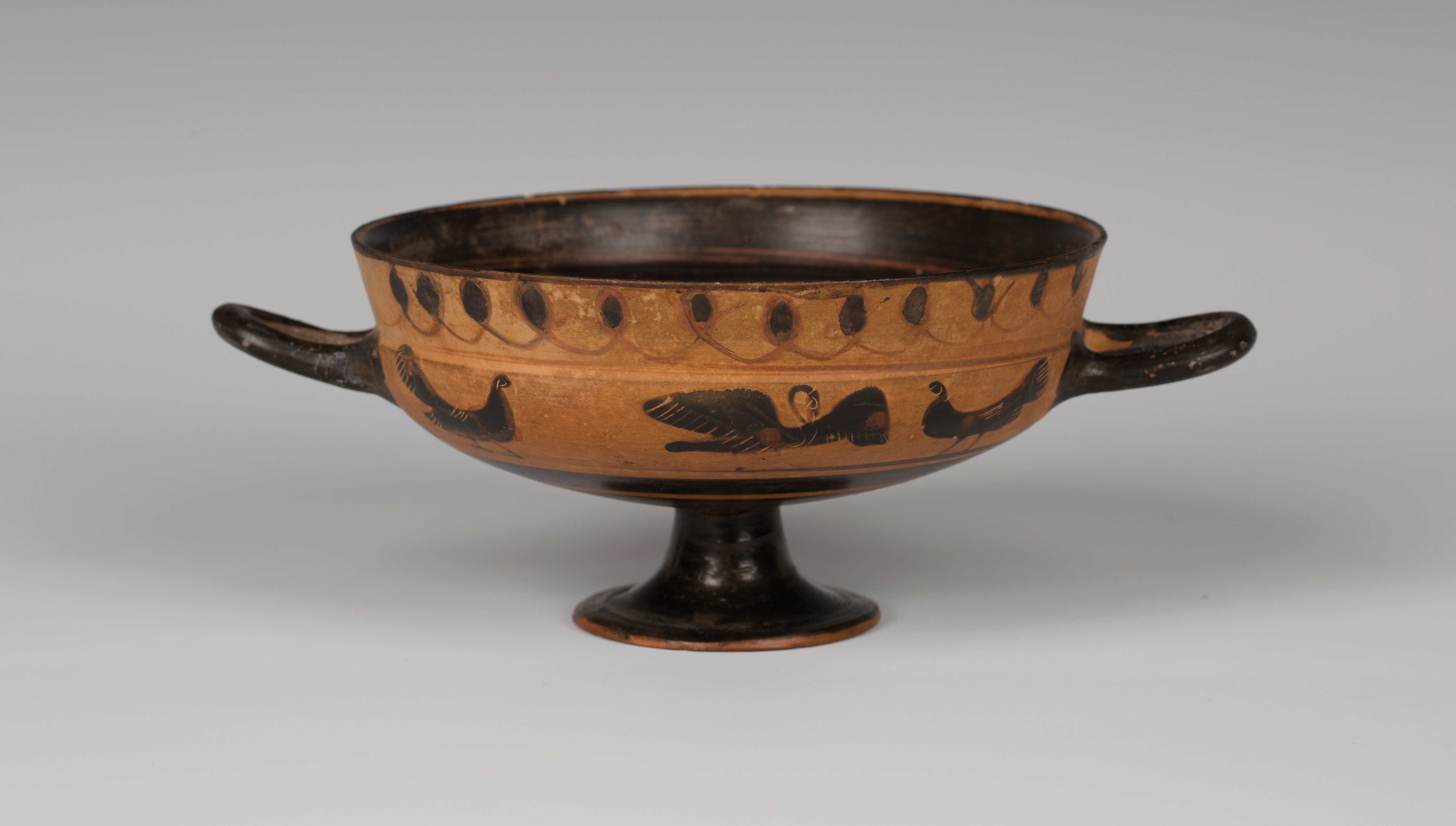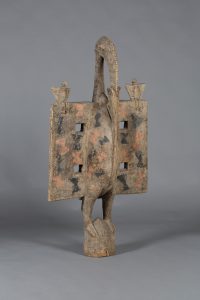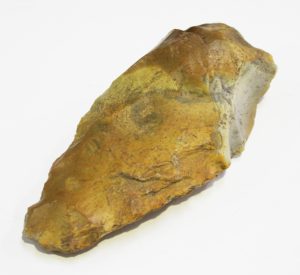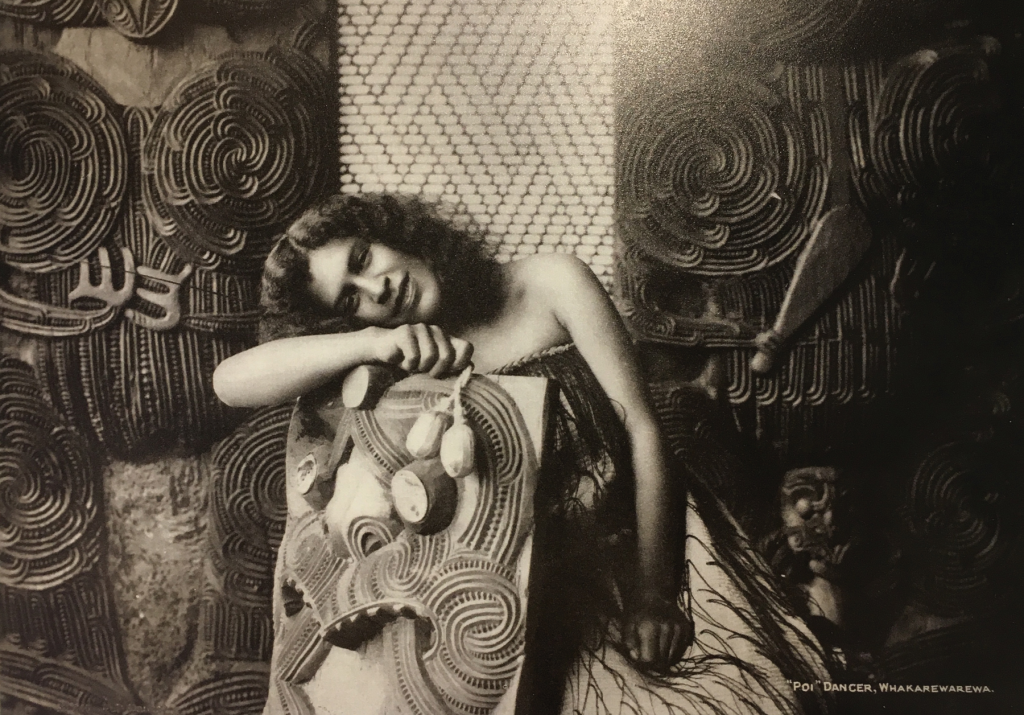
Horsham Museum & Art Gallery’s latest exhibition ‘Voyages to the Pacific’ is inspired by the 250th Anniversary of the departure of Captain James Cook’s first voyage to Tahiti in 1768.
The exhibition draws on the museum’s remarkable collection of ethnographic material. The show highlights the interactions and exchanges that have taken place between the peoples of Europe and the Pacific over the last 250 years, including Horsham’s residents whose objects are displayed telling the story.

Assistant Curator Rhiannon Jones says “The exhibition shows how the people of Horsham have encountered the people of the South Pacific. These objects were brought back by diplomats, sailors and wealthy people.”
“In the summer of 1768 Captain James Cook set sail from Plymouth for Tahiti hoping to track the transit of Venus. Cook’s techniques in surveying, astronomy and timekeeping were revolutionary, as was his care for his crew and the measures he took to prevent scurvy.”
There was a second charge to Cook to discover the as yet only imagined great southern continent. Cook would sail tantalisingly close, within 75 miles of Antarctica.
Rhiannon explains how this first expedition and Cook’s two subsequent voyages changed European perceptions of world geography leading to trade and colonisation.
The exhibition provides an introduction to the sociocultural anthropology of the peoples of the Pacific through objects and photographs.
My eye is caught by a photograph of the Maori Poi Dancer, Whakarewarewa. It is taken from the book ‘Maori Studies’ published by the New Zealand photographer Thomas Pringle in 1907. The Poi is a traditional Maori dance where weights are swung in rhythmic patterns on the end of tethers.
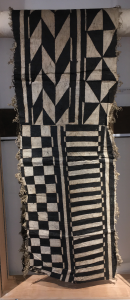
On the opposite side of the gallery a series of 19th century Tapa barkcloth panels with striking geometric abstract designs are displayed. These cloths are produced from the inner bark of young shrubs and trees by the process of soaking and beating. They are commonly found across the Pacific and Africa. Barkcloth is still used for clothing, bedding, flooring and ceremonial objects. It is short lived and old examples like this Tongan or Samoan panel are rare.
Rhiannon enthuses about a case filled with ethnographical pieces which include an 18th century pot stand from Papua New Guinea modelled as a head, wooden combs and necklaces, and a small jade totem intended to enhance fertility. I remark that this fascinating array is displayed against the backdrop of Horsham’s famous Causeway which seems to emphasise the town’s connection with the exhibition’s story and objects and she agrees.
Entrance to the Horsham Museum & Art Gallery, The Causeway, Horsham, RH12 1HE, is free with permanent displays and exciting shows. Voyages to the Pacific runs until 26th January 2019. There are plenty of family Christmas activities too. For more information visit www.horshammuseum.org.
By Rupert Toovey, a senior director of Toovey’s, the leading fine art auction house in West Sussex, based on the A24 at Washington. Originally published in the West Sussex Gazette.
